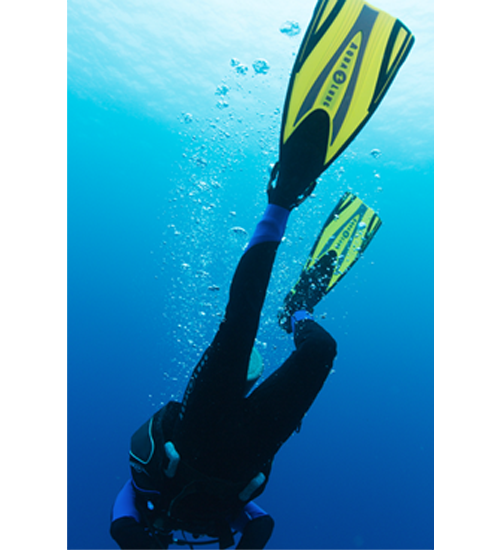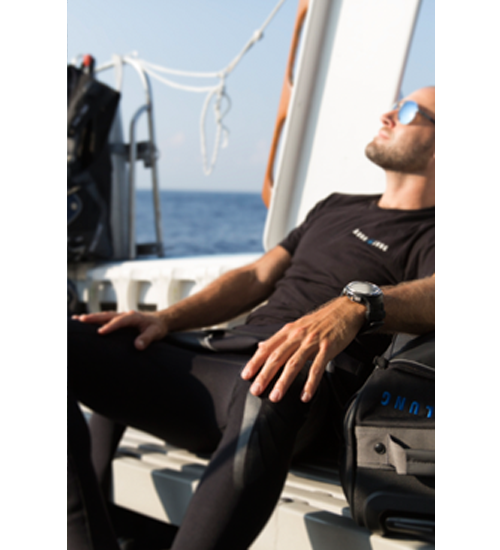Aqualung dive computers can be broken into two primary categories:
- Air integrated (i770T, i550C, i470TC. i450T)
- Non-air integrated (i300, i100, i200)
Once you decide whether you want/need air integration, you will then need to decide on which style you want:
- Hosed connection as a dice console style (i550C)
- Watch style (small display) wrist computer (i200C, i450T, i470TC)
- Large display wrist computer (i770T, i300)
There are several factors to consider when choosing a dive computer:
What is my budget?
- There’s no need to consider computers that are too far above your budget, so knowing what you can spend will help you to pick the best available computer you can afford.
How often do I plan using it?
- If you only plan on diving once a year while on vacation, then you might not want to purchase the top of the line model. A basic computer will still give you all the dive information needed during your limited diving.
- If you dive multiple times a year, then a more feature rich computer will be of more use. Air integration, color screen and easy downloading to a PC or Mac are some key features to consider.
Do you plan to dive locally, travel or both?
- Local diving allows you to ignore size and weight when choosing a computer, whereas a diver who travels a lot will want to maximize features and benefits in a smaller and lighter instrument.
- Unless you travel with your personal regulator, a non-air integrated hoseless computer is best for the traveling diver. This allows you to download your dive data to a PC/Mac versus needing to write down on paper. It also allows you to dive in your preferred unit of measurement (metric or imperial). If you normally dive with an imperial gauge (feet) and take a trip to Australia, will you be comfortable diving with an analog gauge displayed in meters?
How good is your eyesight?
- Be realistic, a small watch style computer might look great out of the water but it needs to be practical during your dive. If you can’t easily read the information during a dive, you should look at computers with a larger display. This will provide for a better dive experience and keep you safer by allowing you to read critical information on the display.
- Consider a color screen; they are often times easier to read for those of us with diminishing eyesight.
Where do you see yourself (dive experience/level) in the next 12-24 months?
- If you plan on continuing your dive education or diving a lot, then you should consider buying for your future needs now rather than upgrading down the road.
- Spending a little more now could save you hundreds a year from now when you realize you want/need more from your computer.
Do you own a regulator setup? Plan to purchase one in the near future?
- If you do not own your own regulator, then purchasing a hosed computer doesn’t make sense.
- You can still purchase an air integrated computer now, just hold off on purchasing the transmitter until you acquire a regulator; you can always add the transmitter down the road.
All dive computers do the same basic functions:
Provide depth and dive time (air pressure on air integrated computers)
- It’s from this point where you start to consider the additional features and benefits that best suit your needs.
- Air time remaining
- Dive time remaining
- % of O2
- # of gases
- Audible/visual alarms
- Down load capabilities
- Size, color, material
- Warranty
- Compass
- The list goes on and on….



